Agile project management has gained ground as the new dominant development methodology in many IT projects in the last five years. The vast majority of organizations surveyed reported that they primarily use agile methods. The Figure below shows results achieved with Agile from an HP survey of over 600 IT product developers across multiple businesses. In fact, two-thirds described their company as either pure agile or leaning towards agile.
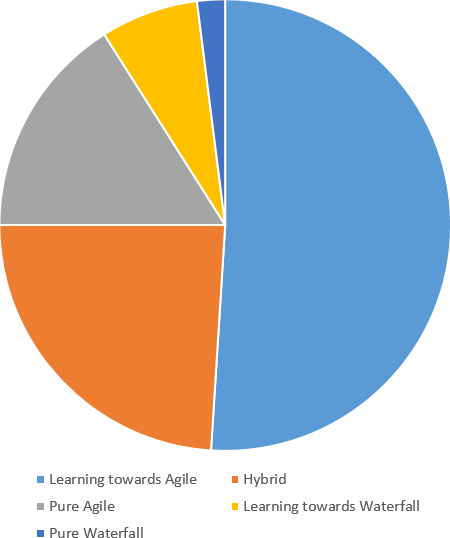
Why have so many organizations moved to agile? The survey shows the key reasons for agile adoption were improving team collaboration and increasing software quality and customer satisfaction. 54% of the IT professionals reported increased customer satisfaction and 42% witnessed reduced development costs and shorter times to market in the survey, as shown in the Bar Chart below:
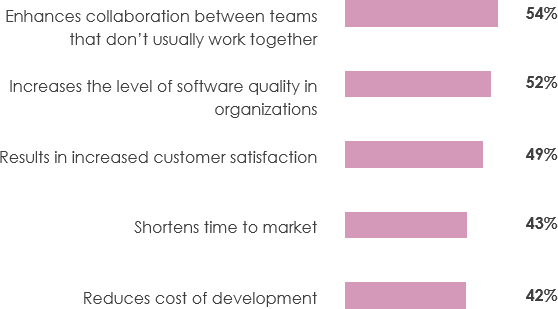
A traditional project manager tries to control the project by allocating tasks to team members. Scrum master creates an environment that allows team members to pick their tasks. Scrum master guides the team to their success and works as a servant leader.
You need to give up your command and control mindset and learn ways to motivate the team and let them grow organically. The effective scrum masters are skilled at communicating effectively, they collaborate well, resolve conflicts within the team quickly. They let the team grow organically.
Traditional project management is evolving with Agile. Enterprises are rewriting the metrics of your effectiveness as a project manager, to succeed in the new age roles such as Scrum Master requires
In Waterfall, the Project Manager takes a leadership role in leading the team and developing and managing the plan. But what about all those project management activities if the team is Agile?
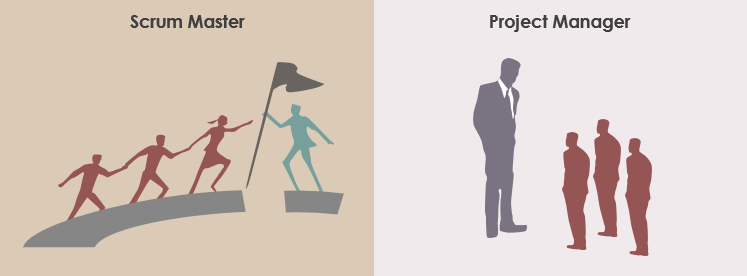
Scrum is a framework for developing and maintaining complex products through “view-and-tune”. It is a genre that follows the agile declaration and principles, integrating three roles, three assets, five events, five values, referred to as “3355“.
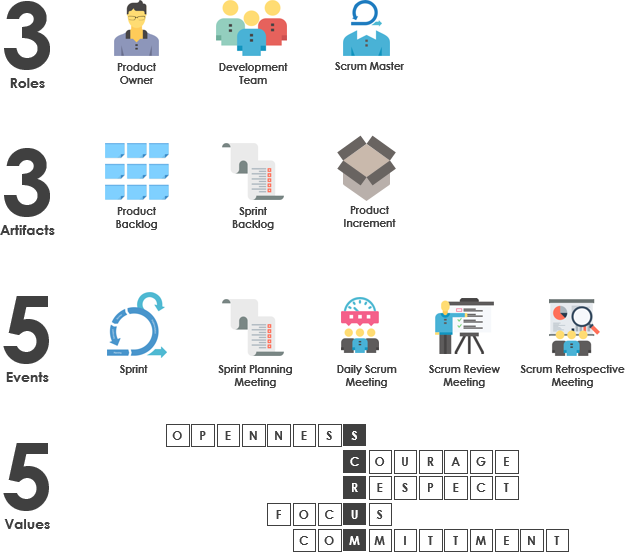
In this framework, the entire development process consists of several short iteration cycles called Sprint. The recommended:
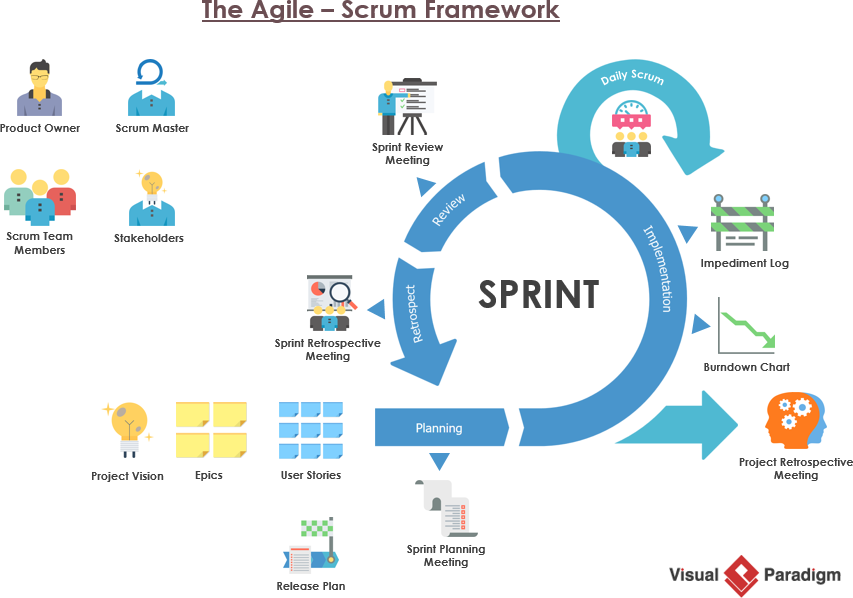
Scrum Process Canvas is a scrum tool built to help your team manage agile projects from identifying project vision, through sprint iterative cycles, and to final product delivery. It allows your team to seamlessly navigate the entire scrum process in a single, beautifully designed scrum process canvas and perform scrum activities quickly, easily and seamlessly. It also keeps the whole team fully engaged, making the agile development process simpler and more effective.
Visual Paradigm provides a rich set of agile tools that help project teams plan and manage their projects. Let’s take a look at some of these features.
User story mapping provides a visually structured approach for scrum teams to manage the product backlog. The visual story map enables the arrangement of product backbone, user tasks, epics, and user stories effectively into a manageable top-down structure, based on the nature, priority, and level of sophistication of map items.

Seamlessly navigate the entire scrum process in a single, beautifully designed scrum process canvas. Perform scrum activities quickly, easily and seamlessly. Keep the whole team fully engaged. The Scrum Process Canvas makes agile projects simple and effective.

Large-Scale Scrum Canvas is a scrum tool built for every scrum team to plan, track and manage scrum projects through an intuitive visual canvas. Whether your software project involves a single team or multiple teams around the world, we keep everyone on the same page, the same canvas.

Nexus Canvas is a map of actionable Nexus work items. It helps improve project efficiency for product delivery with the Nexus framework.
